The Red Fez Shrine Club has never been simply a red-hatted group. Early on, the fez itself was an imposing symbol of identity, brotherhood, and philanthropy. The history of these clubs is closely tied to the broader Shriners International organization. The fez and its color, along with the traditions that surround them,
mean something that has endured for generations. Comprehending the Blog Post Structure: Red Fez Shrine Club makes us understand why this symbol is held in high esteem. This piece of work gives insight into the history, values, and influence of the club in society.
Origins and Historical Development
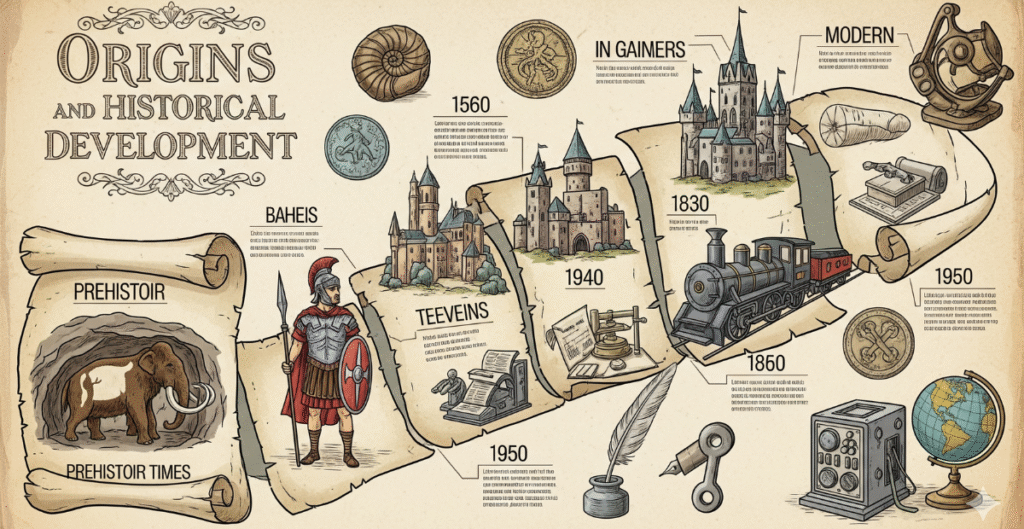
The roots of the Red Fez Shrine Club go back to the early growth of Shriners International in the late 19th century. Shriners began as a Masonic organization that combined fellowship with service. Local Shrine Clubs, including the Red Fez, were created to bring men together on a smaller, more personal level.
In many towns, these clubs became the face of the Shriners. Members wore their red fezzes proudly during parades, gatherings, and charitable events. Over time, the Red Fez Shrine Club became known as both a social group and a community service arm of the Shriners. Its role grew across different regions, making the fez not only a hat but also a global symbol of fraternal unity.
Reed more: The Shriner Fez: History, Symbolism, and Legacy
The Red Fez as a Symbol
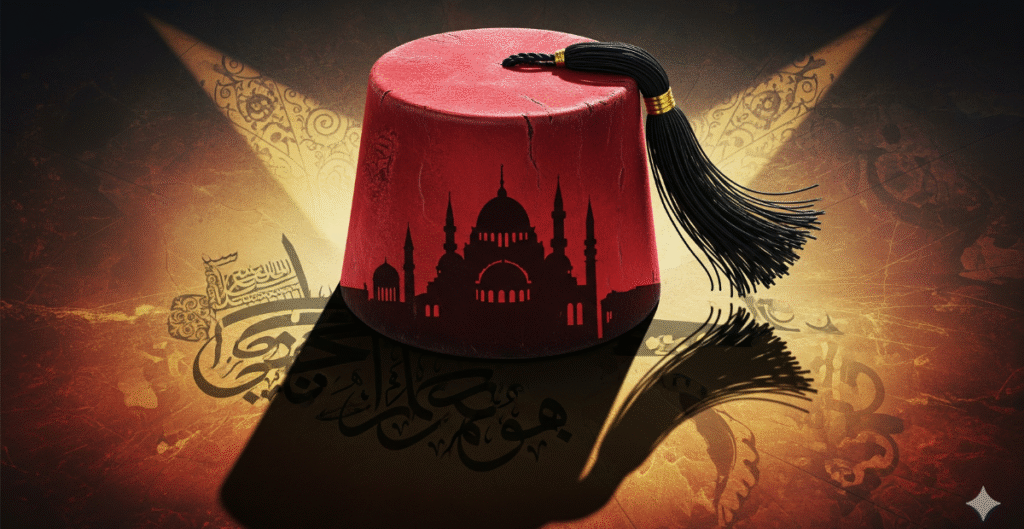
The fez is not just a piece of clothing. It carries history and meaning. The red fez has links to Middle Eastern tradition, where the hat was once widely worn. When Shriners adopted it, the fez became a sign of identity and belonging. The red color itself came to represent strength, charity, and commitment.
Wearing the fez showed the world who the members were. The hat stood for honor, brotherhood, and service. For outsiders, spotting the red fez in a parade or a hospital fundraiser was enough to know that the Shriners were at work. Over time, the Red Fez Shrine Club fez turned into a lasting emblem of pride and duty.
Purpose, Mission, and Core Values

The mission of the Red Fez Shrine Club has always been clear: fellowship, charity, and service. Members join not only to enjoy friendship but also to support others in need. Every Red Fez member is expected to uphold values of honesty, loyalty, and compassion.
The purpose also links to the wider Shriners tradition of helping children through healthcare. Red Fez Clubs raise money for hospitals, provide aid in local areas, and help organize events that bring awareness to charitable causes. The spirit of the club lies in serving while also keeping alive a tradition of fun and fellowship.
Structure and Membership

Membership in the Red Fez Shrine Club follows simple but important rules. To join, a man must already be a Mason. After becoming a Shriner, he can join local Red Fez Clubs to take part in smaller, community-based activities. This structure ensures that every member shares the same moral and fraternal values.
The clubs usually have officers like a president, vice president, and secretary. Each local club runs its own meetings and events but stays connected to the larger Shrine organization. This balance of local independence with national unity makes the Red Fez Clubs strong and adaptable.
Activities and Traditions
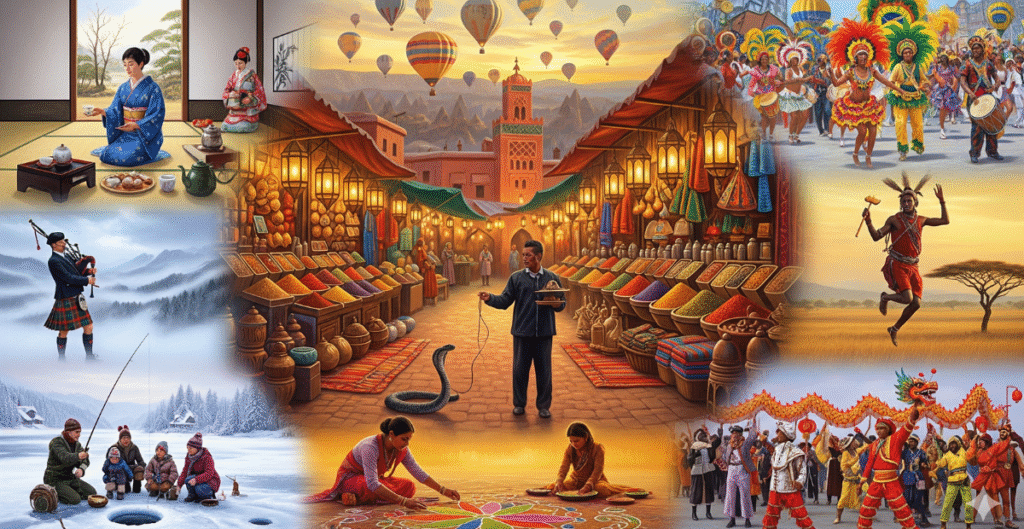
The life of the Red Fez Shrine Club is full of activities that mix fun with purpose. Members gather for meetings, dinners, and ceremonies that build strong bonds. At the same time, they organize fundraisers for hospitals, parades for community spirit, and charity drives for those in need.
One of the most visible traditions is wearing the red fez during public events. The fez is not only clothing but also a reminder of the values of the club. From parades to banquets, the hat signals brotherhood, charity, and continuity of tradition.
Impact and Contributions to Society

The Red Fez Shrine Club has touched countless lives through charity. Funds raised by members often go to support Shriners Hospitals for Children. These hospitals provide specialized care for children with burns, orthopedic issues, and other medical needs, free of charge.
In local communities, Red Fez Clubs are known for direct service. They donate supplies, volunteer their time, and partner with civic groups. Their contributions have left a clear mark on healthcare, education, and community welfare. The fez may look simple, but the work behind it has shaped lives for decades.
Key Contributions of Red Fez Clubs
| Contribution Type | Example Projects | Impact Area |
| Medical Support | Fundraising for hospitals | Children’s health |
| Community Development | Local charity partnerships | Education, welfare |
| Public Engagement | Parades and civic events | Cultural unity |
Recognition and Presence in Culture
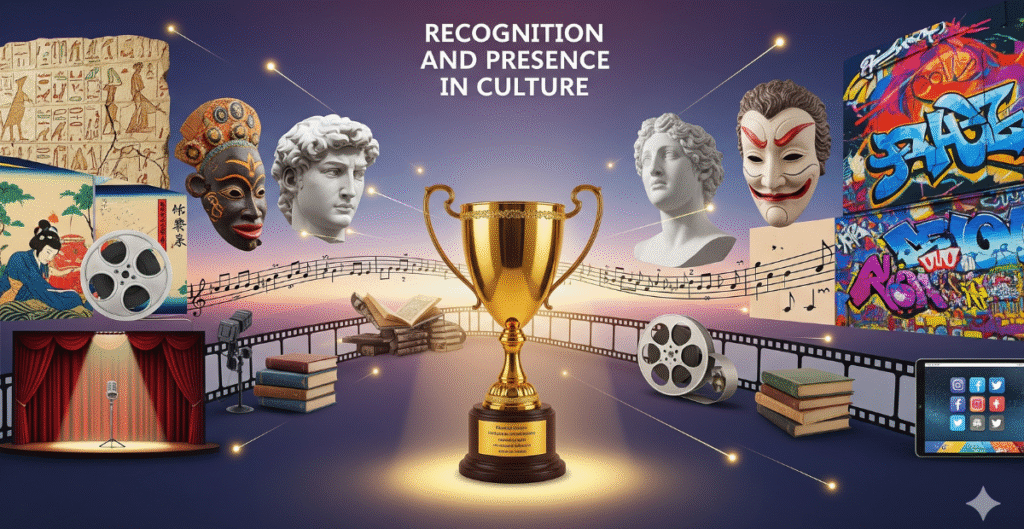
The fez has become one of the most recognized fraternal symbols in the world. In popular culture, the Red Fez Shrine Club often appears in parades, cartoons, and community events. For many, the sight of men in red fezzes instantly calls to mind charity and tradition.
Beyond entertainment, the fez also stands as a respected cultural icon. It represents belonging, heritage, and purpose. When a Shriner walks in a parade with the fez, it is not only a show but also a message of charity and community pride.
Modern Challenges and Adaptation

Like many fraternal groups, the Red Fez Shrine Club has faced challenges in recent years. Membership numbers have dropped as fewer young men join Masonic or Shrine organizations. Social changes have also pushed clubs to rethink how they connect with modern communities.
To adapt, many Red Fez Clubs have turned to digital platforms. They use social media to share events, raise funds online, and attract younger members. This shift shows that while traditions matter, the future lies in meeting people where they are today.
Challenges and Responses
| Challenge | Modern Response | Outcome |
| Declining Membership | Online outreach, youth programs | Slow growth |
| Social Change | Community service projects | Better relevance |
| Lack of Awareness | Social media presence | Wider visibility |
The Future of Red Fez Shrine Clubs
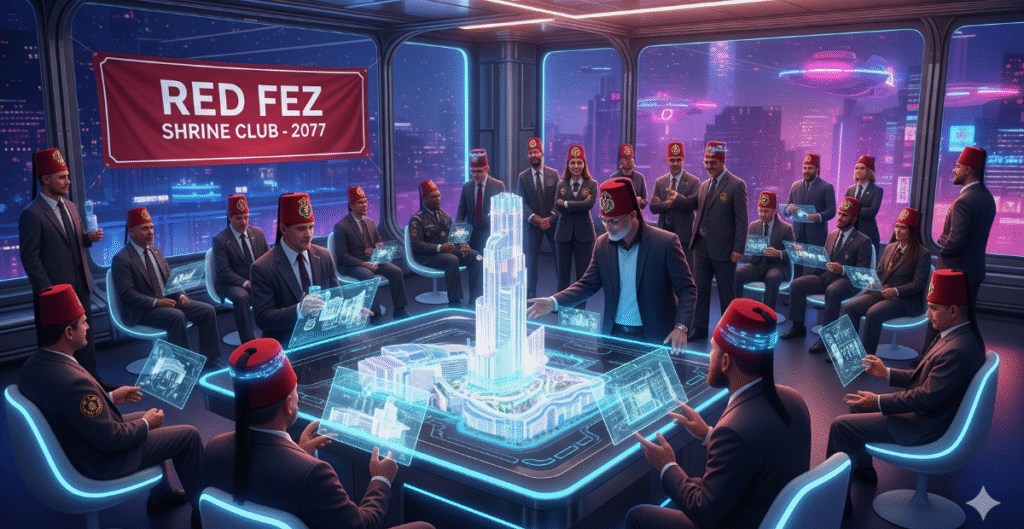
The future of the Red Fez Shrine Club looks hopeful but requires effort. By mixing tradition with modern tools, clubs can keep their role strong in society. Younger members are already bringing new energy to the organization.
At the same time, preserving rituals and values will ensure continuity. The fez will remain as a lasting symbol, but the real test lies in keeping the mission of charity alive. The balance of heritage and modern outreach will define the next era of Red Fez history.
You will like : The Shriner Fez: History, Symbolism, and Legacy
Case Study: Red Fez Club Fundraising Success
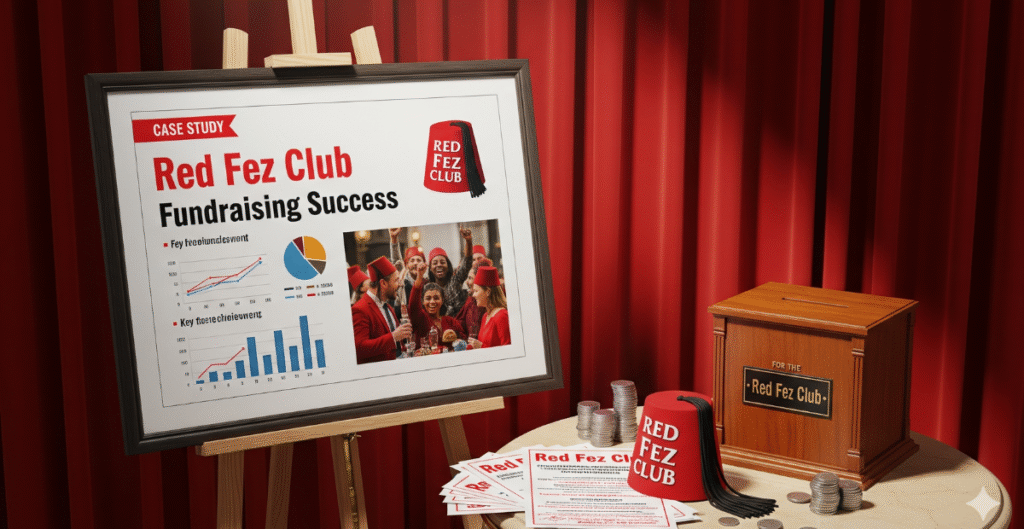
One example of the Red Fez Shrine Club at work comes from a club that raised thousands of dollars for a local children’s hospital through a community parade. The event drew hundreds of people and featured Shriners in red fezzes marching with pride.
The funds were donated directly to the hospital, paying for new equipment and medical care. The community not only enjoyed the parade but also saw the club as a pillar of support. This case study proves how the Red Fez still makes a real difference.
Case Study Snapshot
| Event Type | Funds Raised | Beneficiary | Impact |
| Parade | $25,000 | Children’s Hospital | New medical equipment supplied |
Role of Brotherhood in the Red Fez Shrine Club
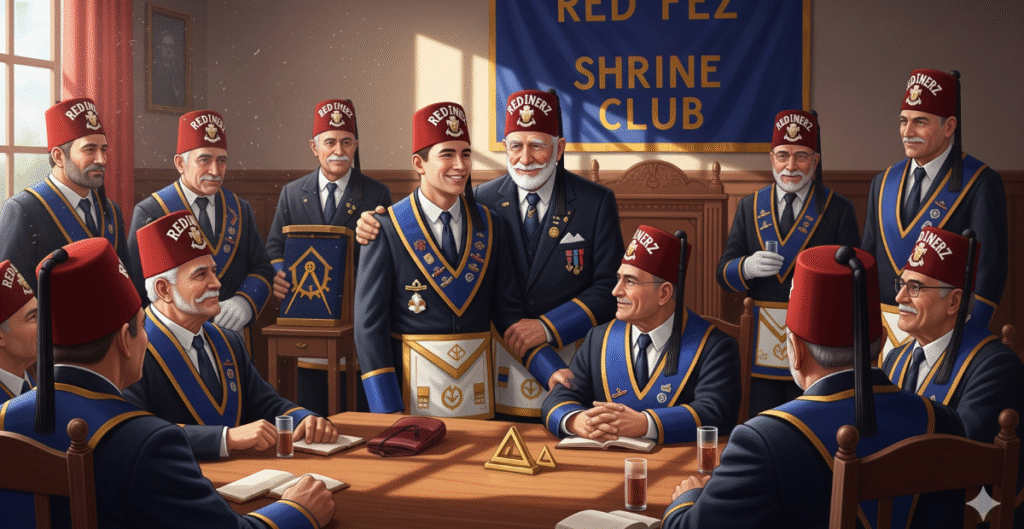
The Brotherhood is at the heart of the Red Fez Shrine Club. Members see each other not only as friends but also as brothers committed to a shared purpose. This sense of fraternity is what makes the club strong. When members meet, whether at a dinner or a fundraiser, the feeling of belonging binds them together.
The spirit of brotherhood also inspires trust and teamwork. Members rely on each other to lead events, manage charity projects, and support one another during personal challenges. Brotherhood is more than a word here—it is lived every day.
Educational and Mentorship Efforts

The Red Fez Shrine Club does more than raise money. Many clubs also guide new members and younger generations through mentorship. Experienced Shriners pass down lessons about leadership, charity, and the meaning of tradition. This keeps the knowledge alive and prepares the next wave of members.
Some clubs also hold educational events where they invite local communities to learn about the history of Shriners and Masonic values. These programs not only teach but also help the public understand why the fez matters and why service is so central to the club.
FAQ”s
What is the Red Fez Shrine Club?
It is a local group within Shriners International that focuses on fellowship, community events, and charity work.
Why do members wear a red fez?
The red fez represents tradition, unity, and commitment to charitable service.
Who can join a Red Fez Shrine Club?
Membership is open to Shriners, who must first be Masons.
What charities do Red Fez Clubs support?
They support Shriners Hospitals for Children and many local causes.
Is the Red Fez still relevant today?
Yes, though challenges exist, the club continues to adapt and make a strong impact.
Conclusion
The Red Fez Shrine Club is more than a fraternal group with a red hat. It is a story of tradition, charity, and fellowship that continues to shape communities. From history to modern challenges, the fez remains a strong symbol of unity. The future of the Blog Post Outline: Red Fez Shrine Club rests on carrying these values forward while adapting to a new world.




